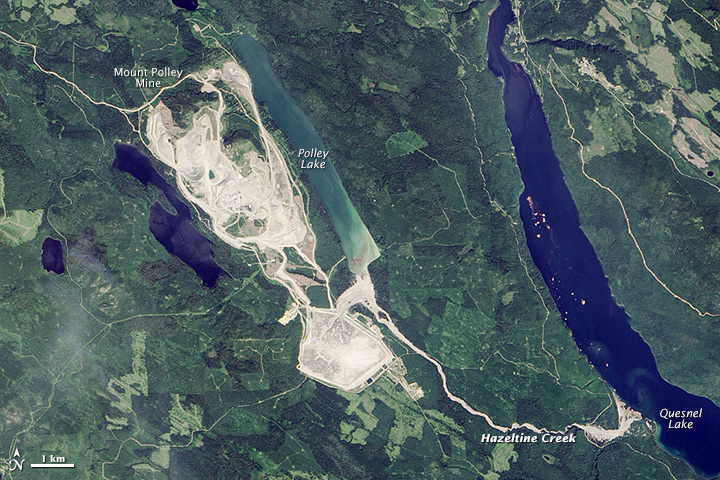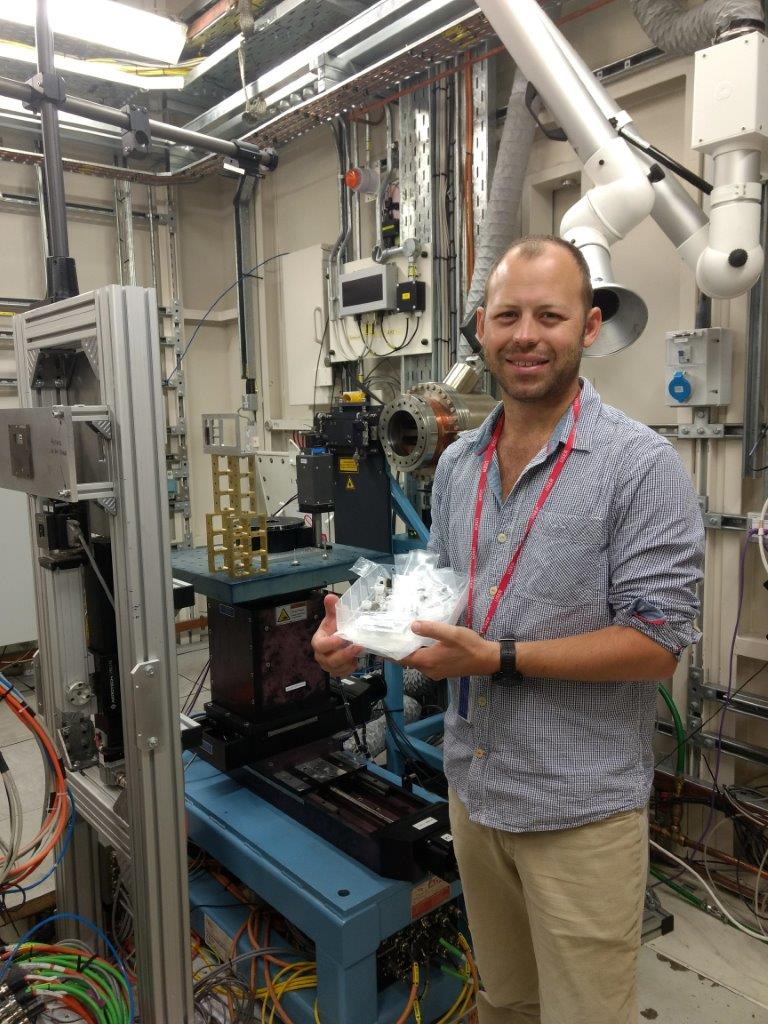Find out more about our ambitious upgrade project, delivering more brightness, more coherence, and greater speed of analysis to UK science. More about Diamond-II
![]()
Find out more about Diamond's response to virus research.
![]()
 This week marks International Earth Science Week, recognised by The Geological Society in London, the American Geoscience Institute and others. Facilities like Diamond Light Source help to address and promote cutting-edge earth science research, helping to act as an agent of change for 21st century geoscience challenges.
This week marks International Earth Science Week, recognised by The Geological Society in London, the American Geoscience Institute and others. Facilities like Diamond Light Source help to address and promote cutting-edge earth science research, helping to act as an agent of change for 21st century geoscience challenges.
Research in Earth, Environmental, and Planetary Sciences is essential for tackling global challenges from climate change to contamination of soil and water. Today, we have the technology to monitor changes in the Earth's systems on an hourly basis. However, we need sophisticated scientific models to interpret the collected data. These models also help us make predictions about future events and their implications for society. The models are underpinned by our current understanding of fundamental mechanisms and the better we understand these mechanisms, the better the model and the predictions.
With the methods used at facilities like Diamond Light Source, researchers can study materials from soil samples to minerals from other planets down to the atomic level. In recent years, the possibility of studying materials under realistic conditions, for example humidity, temperature or pressure, has also taken off.

A few examples of recent Earth Science-related research investigated at Diamond are outlined below. These include projects which have helped to advance our understanding of the cycling of nutrients or contamination in soil and water.
These cycles have strong implications for how crop productivity will be affected by climate change and extreme weather conditions, and also for how to find the best way to evaluate health effects and remediate water quality after natural disasters or extreme events. This research for example, on the aftermath of the Mount Polley tailings dam failure in 2014 conducted on our I18 beamline, is a great example of how cutting edge spectroscopy techniques can help to advance our understanding of mining accidents on local environments.
3D image of the particle taken at Diamond Light Source
In 2017, research was carried out at Diamond Light Source to image the distribution of chemical elements in fallout particles from the Fukushima Daiichi nuclear accident in 2011 to establish the source of the material and the potential environmental risks associated with it. In fact, Diamond has a long history of helping to facilitate groundbreaking research into safer nuclear waste storage, you can read more here.

Examining samples from other planets can help us better understand our own. In 2019, by analysing Moon rocks, as well as meteorites from Mars and meteorite Vesta, researchers have built their understanding of rocky planets and dynamics of magma. This same group of researchers also visited Diamond in 2018, studying olivine samples from the Moon to help predict volcanic eruptions on Earth!
The field of Earth, Environmental, and Planetary Science is a great example of how the tiny details we can see at Diamond Light Source helps shape the understanding of large scale phenomena we all are affected by. We’re excited to see that the number of users from Earth, Environmental and Planetary Sciences is ever increasing.
Diamond Light Source is the UK's national synchrotron science facility, located at the Harwell Science and Innovation Campus in Oxfordshire.
Copyright © 2022 Diamond Light Source
Diamond Light Source Ltd
Diamond House
Harwell Science & Innovation Campus
Didcot
Oxfordshire
OX11 0DE
Diamond Light Source® and the Diamond logo are registered trademarks of Diamond Light Source Ltd
Registered in England and Wales at Diamond House, Harwell Science and Innovation Campus, Didcot, Oxfordshire, OX11 0DE, United Kingdom. Company number: 4375679. VAT number: 287 461 957. Economic Operators Registration and Identification (EORI) number: GB287461957003.